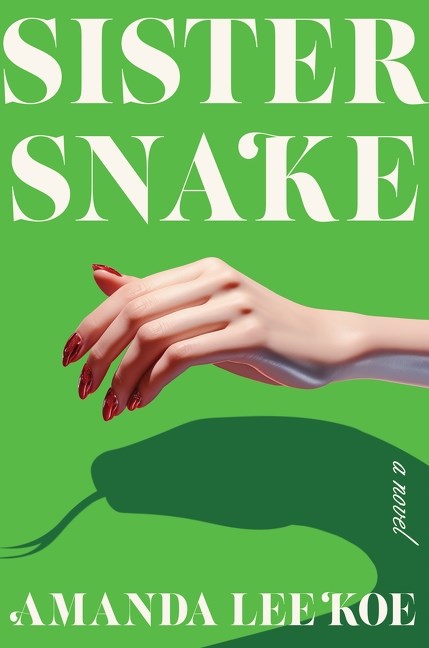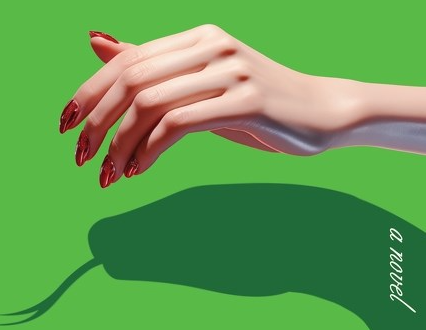

Sister Snake is a fresh, fast-paced novel that is, ironically, rooted in an ancient Chinese tale called The Legend of the White Snake, one of China’s Four Great Folktales. This reimagining of a centuries-old story by author Amanda Lee Koe shows that a good story is a good story, regardless of when it was conceived. By bringing this beloved, antiquated tale to a modern setting and applying a queer + feminist lens, we get the benefit of a timeless tale, rich and meaningful, along with a modern allegory about challenging conformity, breaking with tradition, and taking risks to break with the status quo. Underneath it all is an emotionally challenging statement on the value of relationships and the importance of sisterhood.
The story opens with two snake spirits – one white, and one green – embodied as human beings living in Singapore and New York, respectively. We discover that these two women met as snake spirits in ancient China and pledged sisterhood after the white snake was attacked and the green snake came to her rescue. They eventually decide to live out their immortality as humans, Su and Emerald.
In their human form, they are drastically different people. Su is a perfect, polished wife of a Singaporean politician. She is unfathomably wealthy and has taken on a traditional wifely role to a man who is actively suppressing trans rights in the education system. He cares for Su, but is limited by his own sense of what’s acceptable, including traditional gender roles. Emerald, on the other hand, is a free-spirit working in New York as a sugar baby, constantly broke, outspoken, and unapologetically queer.
When Su reads a news article about a green snake attacking a man in New York, she hops on the first flight to find Emerald and take her back to Singapore. Lee Koe captures the dynamic of their relationship beautifully – the tension of their profound differences at war with their centuries-old loyalty to one another.
Much of the action takes place in Singapore, a place known for its social conservatism and strict laws. Emerald chafes against the stifling culture, preferring to hang out with her brother-in-law’s security detail rather than move about in Su’s high society world. Eventually, the conflict between the sisters’ different interests and goals becomes too much. Their tenuous humanness begins to unravel, and both women devolve into violence, reclaiming their animal selves when they are threatened.
I loved this Sister Snake. It moved quickly and kept my attention. The yin/yang motif of the sisters’ opposing personalities and motivations creates a great low-level tension throughout the novel. The glamour of Singapore and New York’s grittiness are both captured beautifully. Perhaps not unsurprisingly, the green snake – the one who challenges tradition, practices self-love, and enjoys being alive in either form – feels like the hero of this ancient story’s retelling.

